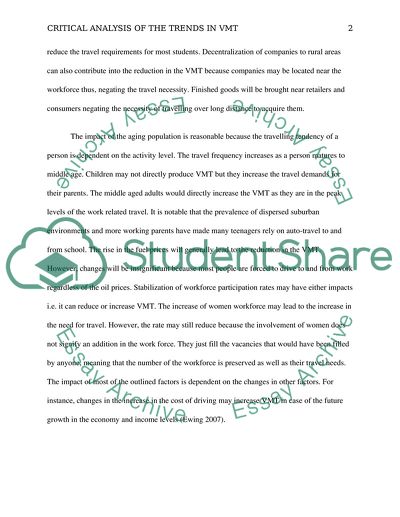Cite this document
(“Critical Analysis of the Trends in Vehicle Miles Traveled Term Paper”, n.d.)
Critical Analysis of the Trends in Vehicle Miles Traveled Term Paper. Retrieved from https://studentshare.org/engineering-and-construction/1605381-critical-analysis-of-the-trends-in-vehicle-miles-traveled-vmt-in-the-united-states
Critical Analysis of the Trends in Vehicle Miles Traveled Term Paper. Retrieved from https://studentshare.org/engineering-and-construction/1605381-critical-analysis-of-the-trends-in-vehicle-miles-traveled-vmt-in-the-united-states
(Critical Analysis of the Trends in Vehicle Miles Traveled Term Paper)
Critical Analysis of the Trends in Vehicle Miles Traveled Term Paper. https://studentshare.org/engineering-and-construction/1605381-critical-analysis-of-the-trends-in-vehicle-miles-traveled-vmt-in-the-united-states.
Critical Analysis of the Trends in Vehicle Miles Traveled Term Paper. https://studentshare.org/engineering-and-construction/1605381-critical-analysis-of-the-trends-in-vehicle-miles-traveled-vmt-in-the-united-states.
“Critical Analysis of the Trends in Vehicle Miles Traveled Term Paper”, n.d. https://studentshare.org/engineering-and-construction/1605381-critical-analysis-of-the-trends-in-vehicle-miles-traveled-vmt-in-the-united-states.


